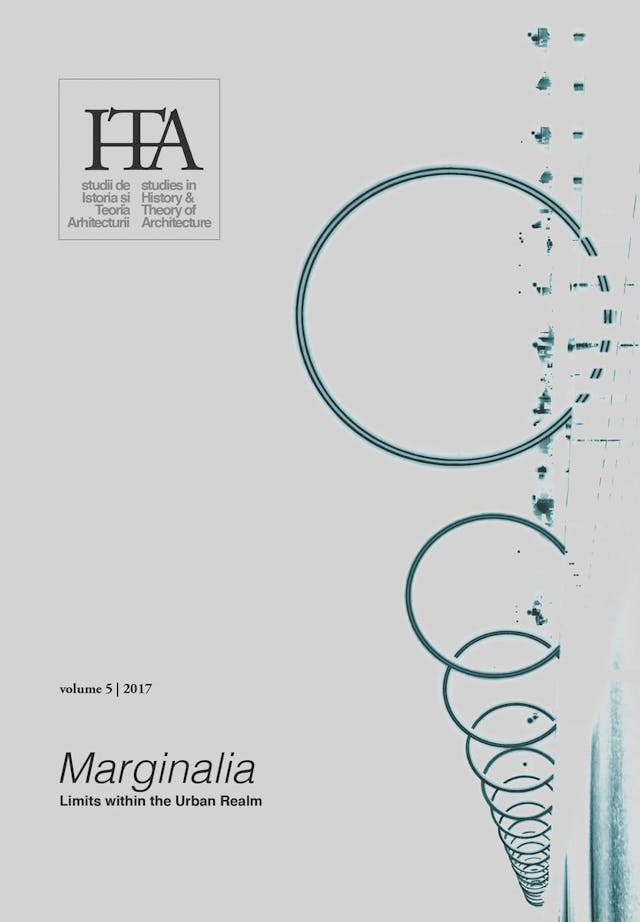The Encounter at the Margins of City and Society:the Case of the Aerodrom Housing Area in Skopje
The Encounter at the Margins of City and Society:
the Case of the Aerodrom Housing Area in Skopje
by
Vlatko P. Korobar
Keywords
Skopje
Aerodrom
urban margin
housing development
informal settlement
The paper explores the fate of urban margins using the case of the major housing area built in the city of Skopje after the earthquake of 1963. It was conceived as a housing area through the masterplan of 1965, and through the studies by Doxiadis Associates. It was shaped through an invitation-based competition, which highlighted the vibrant planning scene in the country and the different approaches to housing in the city.
However, the housing development was never completed as envisaged. Almost immediately after the beginning of its construction, at the other end of the planned area an informal settlement appeared. These two areas of planned and unplanned development started approaching each other and halted leaving a large margin area between them.
Rather than using the margin as a possible transition between the two distinctive housing areas, it succumbed to the emerging neo-liberal attitude, which puts emphasis solely on market forces and private ownership, resulting in new spatial inequities, thus producing new margins.
The case shows the inability of the planning profession to react to wider societal changes that leave their distinctive marks in space, often in the shape of margins, unable to sense the potential of these areas and to convert them into creative spaces of transition.
Published in

Chicago citation style
DOI:
10.54508/sITA.5.05